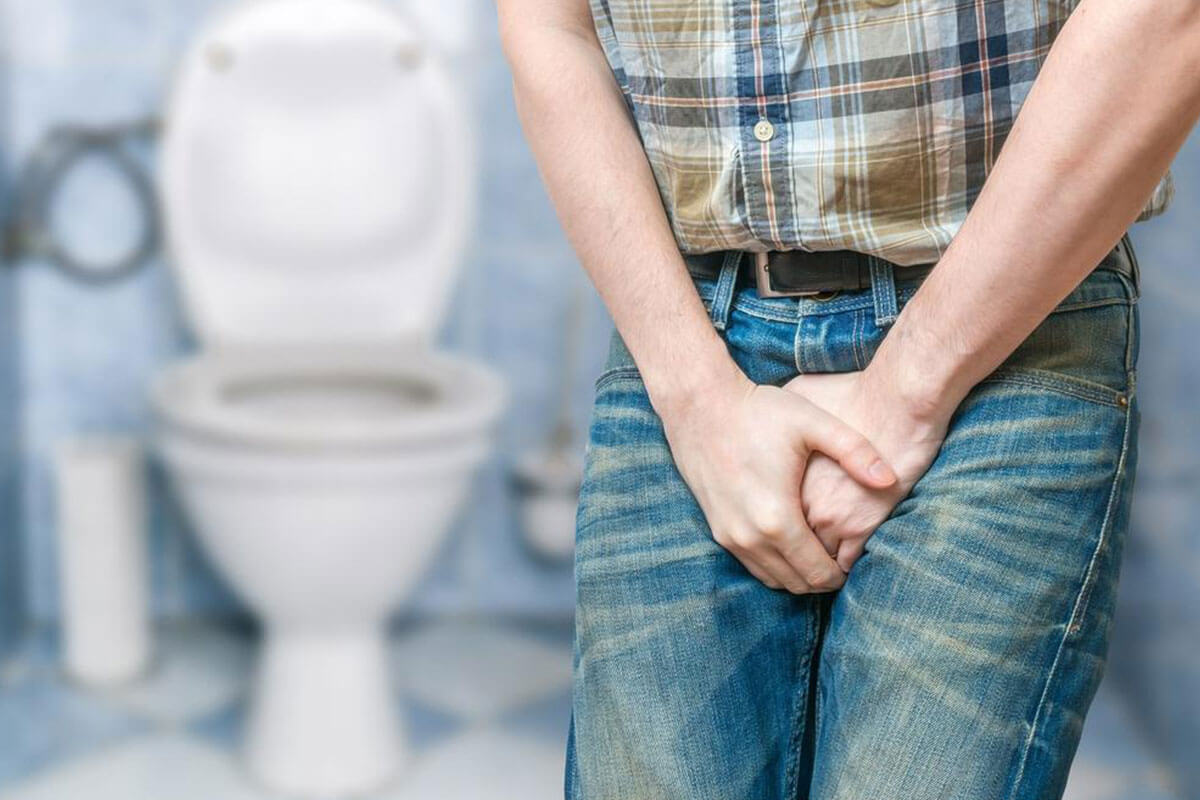Comprehensive Guide to Managing Overactive Bladder: Symptoms, Causes, and Treatments
This article offers a detailed overview of overactive bladder, including its symptoms, causes, and management strategies. It emphasizes lifestyle modifications, behavioral therapies, medications, and advanced procedures to improve quality of life for affected individuals, primarily targeting older adults and women. Understanding OAB helps with early intervention and effective treatment, reducing discomfort and social impact.

Overactive bladder (OAB) is marked by a compelling urge to urinate frequently, often difficult to control. This condition can significantly interfere with daily activities and lead to embarrassment due to involuntary leakage, especially during sleep or daytime. Although not dangerous, OAB impacts mental health and social interactions, emphasizing the importance of understanding its root causes.
More prevalent among seniors, particularly women, this condition may cause sleep disturbances and urinary infections. With proper management, individuals can improve their quality of life.
Signs and Symptoms of Overactive Bladder
Persistent urgency to urinate
Inability to hold urine post-visit to the bathroom
Frequent nighttime urination
Small urine volumes despite frequent trips
Involuntary urine leakage
Underlying Causes of Overactive Bladder
The main issue involves involuntary bladder muscle contractions triggered by nerve or muscle impairment. Normally, nerves inform the brain when the bladder fills, but in OAB, miscommunication leads to premature contractions and a reduced bladder capacity (typically below 200cc versus the normal 600cc). Factors like infections, stones, prostate problems, and nerve disorders contribute to its development. Common causes include:
Multiple sclerosis
Dementia
Parkinson's disease
Diabetic nerve damage
Spinal injuries
Back problems such as herniated discs
Bladder tumors
Age, obesity, menopause, strokes, and previous pelvic surgeries are additional risk factors. Certain medications may also induce symptoms.
Managing Overactive Bladder
Lifestyle modifications like reducing caffeine and alcohol intake, particularly before sleep, are recommended. Behavioral techniques such as scheduled voiding and bladder training can help increase intervals between bathroom visits. Pelvic muscle exercises (Kegel exercises) strengthen control. Medications that relax the bladder may be prescribed, but side effects like dry mouth and constipation are possible. In more persistent cases, procedures like botulinum toxin injections or nerve stimulation can enhance bladder capacity and reduce urgency. Accurate diagnosis through urine tests, pelvic exams, and nerve assessments is essential before starting treatment.


